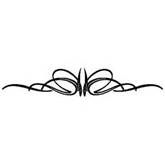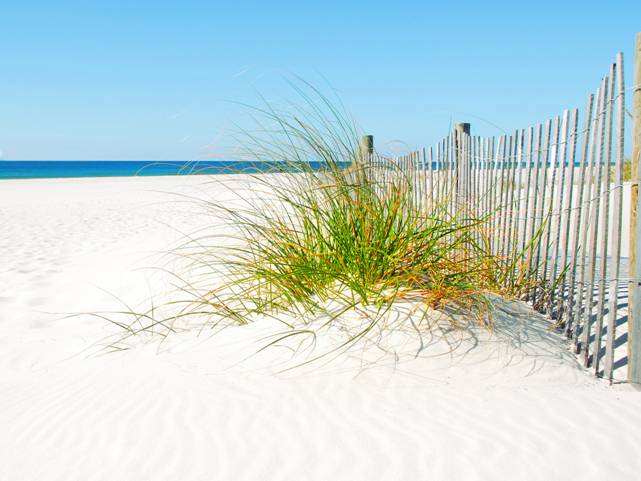
Salty Sam’s Fun Blog for Children
Number 536
Bluebells
Hello Everyone

lf you go for a walk this time of year in a patch of ancient, deciduous woodland, you may be lucky enough to see a vast patch of wild bluebells stretching into the distance.
We have bluebells in the Rocky Bay Woods and some of them have even strayed into the far reaches of Auntie Alice’s garden.
They spread themselves easily across the woodland floor and can be found in groups of thousands.
Although they like the dappled sunlight of the wood, they also grow along the base of hedgerows, in coastal meadows and in corners of fields.
Their colour is very distinct and en masse (all together) they look like a carpet of violet-blue mist.
They are very pretty. If the weather is very warm, like it was a few weeks ago, they will emit the most wonderful, powerful sweet scent.
The wild bluebell is a British native and can be found all over Western Europe as well.
Britain is known to have more bluebell woods than any other country. Half the bluebells in the world are found in Britain.
Bluebells like deep soil and so that they can reach down to get enough moisture.
You may have bluebells in your garden, but they may be the Spanish bluebell which has a less delicate flower, with not such a deep colour, and it does not have such a strong smell.
You may even have pink or white bluebells. (No, they are not called pinkbells and whitebells.)
The sight of a carpet of bluebells in the spring is very magical and the bluebell has a place in ancient folklore.
Legend has it that fairies used to ring the bells to warn mice when a cat was on the prowl.
The bluebell also has a lot of names that people traditionally use: English harebell or wild hyacinth – or wood bell, fairy flower, lady’s nightcap, cuckoo’s boots, crow’s toes, witches’ thimbles and granfer griggles.
Which one do you like best?
Bluebells are associated with fairy enchantments, and folklore tells us not to pick them otherwise you may be led astray by a bad fairy – and you wouldn’t want that!
ln the language of flowers, the bluebell is a symbol of everlasting love.
Bluebells spend most of their time underground as bulbs. The foliage can be seen in late winter before the flower stalks start to sprout.
The flowers are bell-shaped – they have six petals that are turned up at the tip. From 5 to 30 flowers can grow on one stalk. The top flower droops over to one side.
They have a lovely sweet smell which is more evident when there are many flowers growing together.
They feed bees, butterflies, hoverflies and other pollinators.
They have been useful to humans too for a long time.
Their sticky sap could be used to make a glue to bind feathers to the ends of arrows and the pages of books together. The Elizabethans stiffened their ruffs with starch made from crushed bluebell bulbs.
Bluebells have never been used in medicine much because they are poisonous but modern scientists are studying whether these plants could be used to treat disease if processed in certain ways.
lt is illegal to take bluebell plants from the wild and you cannot buy the bulbs or even seeds because they are a protected plant.
So if you want to see them you will have to visit them where they live.
Bye bye everyone – don’t forget to subscribe to my blog!
Love and kisses
Salty Sam

www.christina-sinclair.com

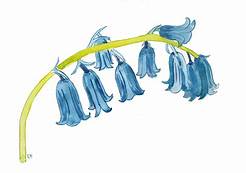
Bill and Bob’s Joke of the Week![]()
![]()
Bill: Did you hear about the two flowers who got into a fight?
Bob: Yes, they were in a budding war!
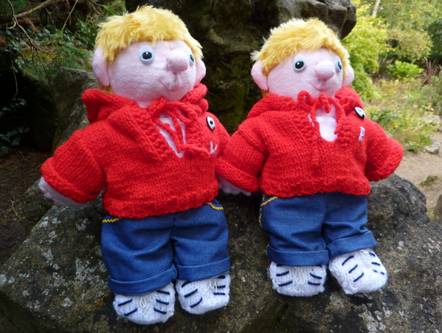
Salty Sam © Christina Sinclair 2015
Unauthorized use and/or duplication of material from this blog without express and written permission from this blog’s author and owner is strictly prohibited.
Links may be used to www.christina-sinclair.com

Picture Gallery

English bluebell

Spanish bluebell
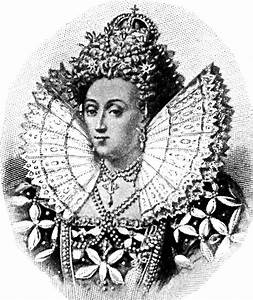
Elizabethan ruff
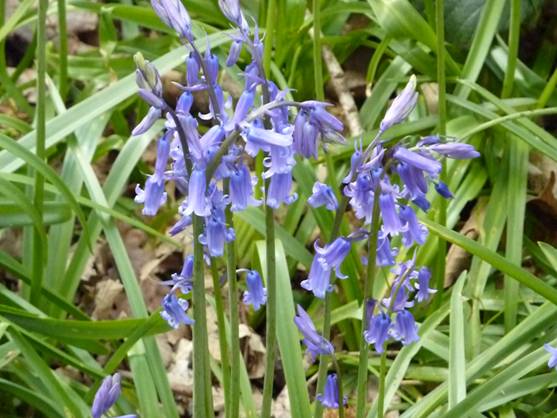
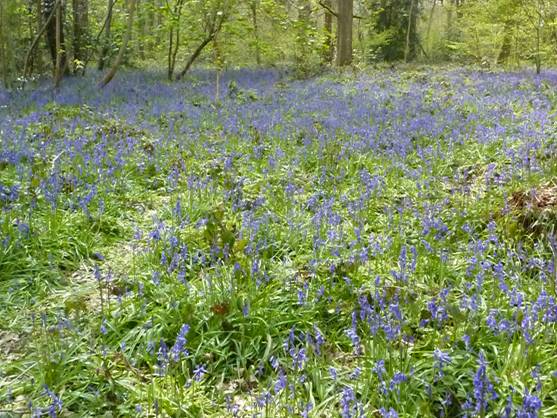
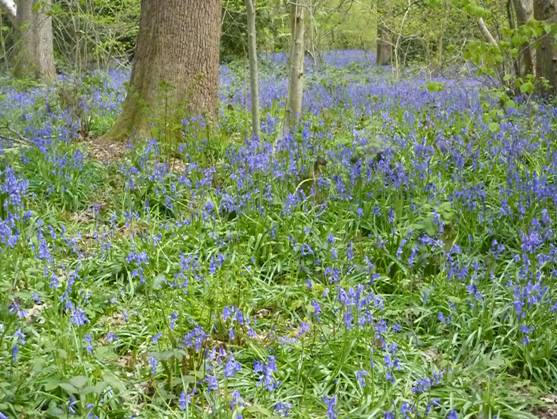
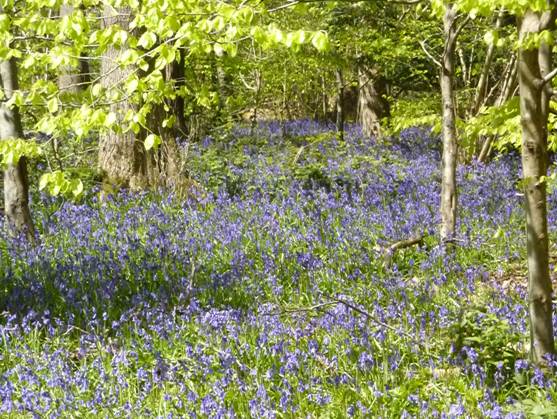

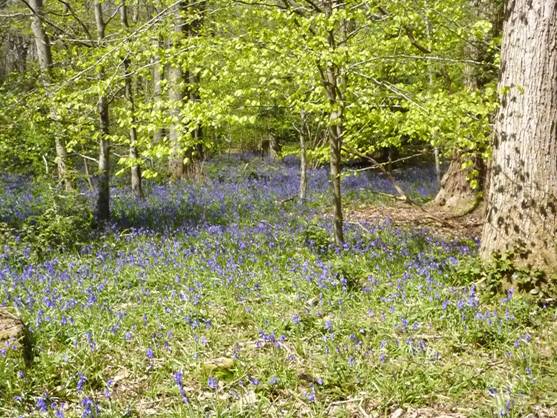
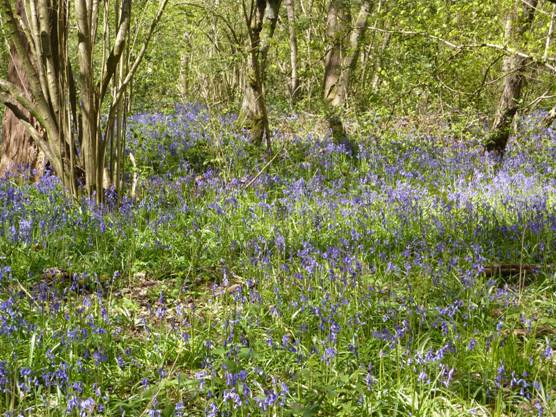
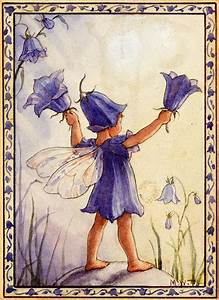


 THE SALTY SAM NEWS DESK
THE SALTY SAM NEWS DESK

This week, Auntie Alice went on a foraging trip and took Emily, Bill and Bob with her so that they could learn what she knew about collecting free food from nature.
The springtime is a good time to forage because there are flowers and fresh, new leaves to pick in abundance.
Not everything is edible though, bluebells for example are very poisonous.
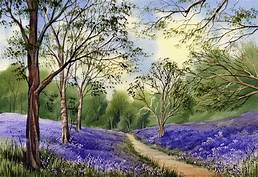
There is lots of wild garlic growing in the woodland and can be picked and made into pesto or added to salads like any edible leaf. It has distinctive white flowers but can easily be identified by its smell.
The leaves of dandelions can be eaten too. Dandelions are often discarded weeds in the garden but they can be put in a salad and are a source of Vitamins A,C and K.
The petals of elderflower and honeysuckle can be eaten as sweet treats.
Elderflowers are found in a lot of places and are a really versatile ingredient for the kitchen and bathroom as well. They can be added to salads and used to make cordials and wines but also jams and body lotions.
But be warned that the stems and leaves are poisonous so you need to very meticulously pick off the little flowers carefully.
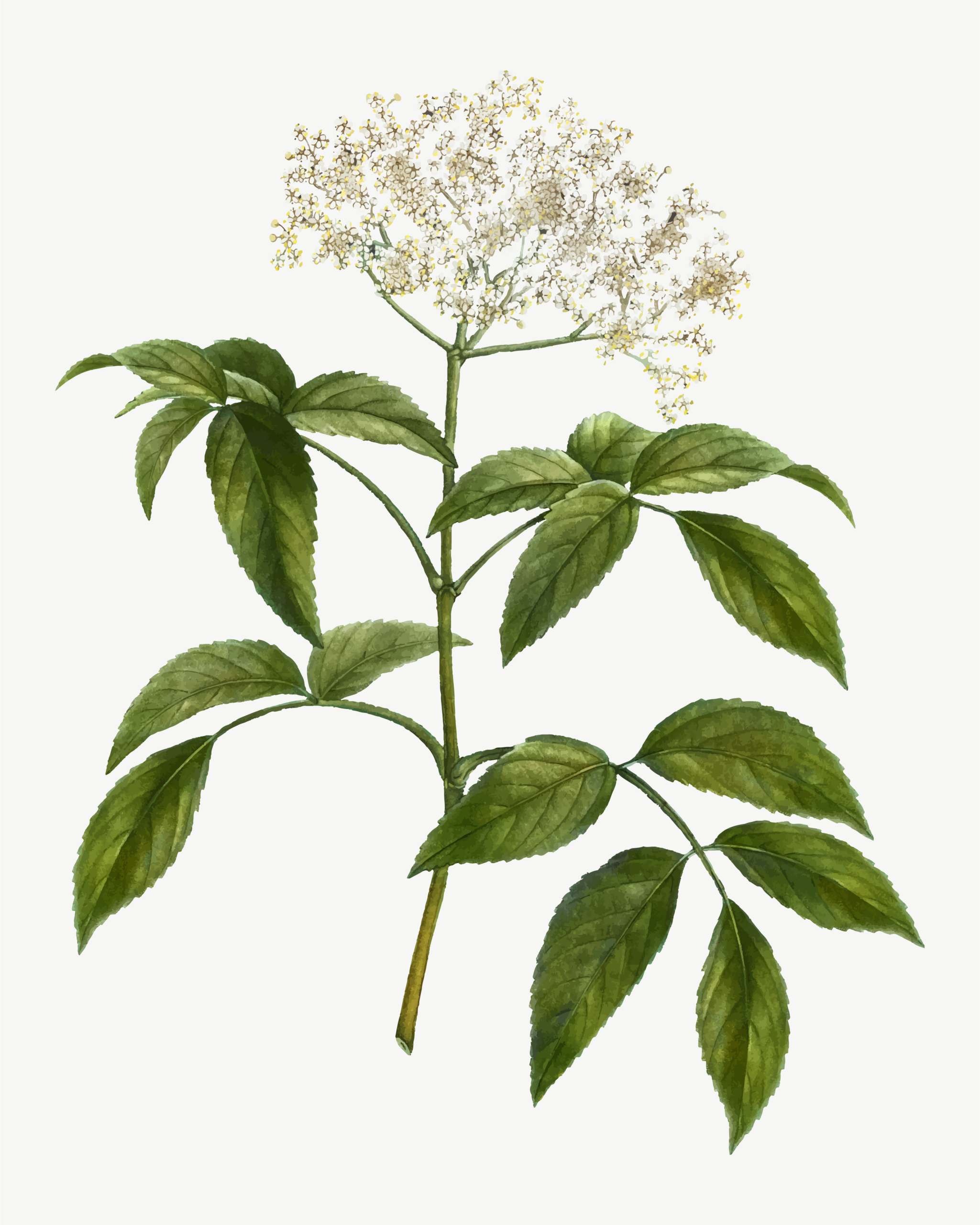
Elder flowers grow in the shape of plates
The young leaves of hawthorn and nettles are edible; but you need to pick them when they are really young. The leaves at the top of the nettle are the best to pick.
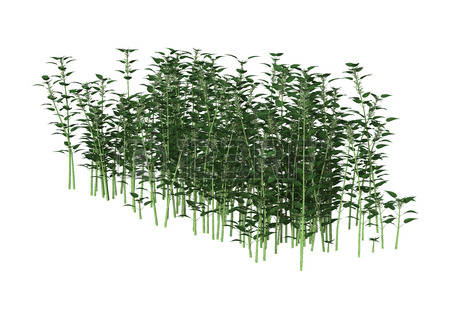 Nettles grow in rich, fertile ground
Nettles grow in rich, fertile ground
Nettles can produce a wonderful fortifying tonic because they are able to pull minerals up from the earth. The leaves contain calcium and Vitamin C too.
To make the tonic is easy. You just need to put the nettles in a pan and cover with water. Bring the water to the boil and leave for 5-10 minutes.
Leave the water to cool and then add a squeeze of lemon.
Boiling nettles removes the sting from them but you had better wear thick gloves when you pick them!
You can add the liquid you make to home-made soups or put some sugar in it to make a cordial and add it to drinks.
The nettle juice can be put in sweet or savoury recipes.

But never pick and eat anything from nature or the garden without the permission of an adult. You need to know that it is safe to eat and that it has not been sprayed with anything poisonous. You would not want to eat anything that would have been tainted with car exhausts either and this can happen along roadsides.
Always go foraging with an adult.
If you collect forage near a road, don’t forget to wash everything when you get home – in fact you would want to always wash everything you pick anyway before you prepare it for eating.


*********************
*********************

 Quick Quiz
Quick Quiz
What word links with the others?
- – berry bottle flag
- – care time lily
- – story bone alley
- – line ball camp
- – can change slick
- – comb pot bee
- – patch plot soup
- – petal arch bed
- – game meeting sport
- – flag sign light
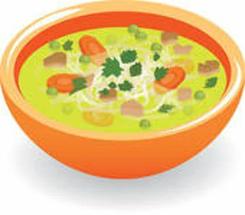
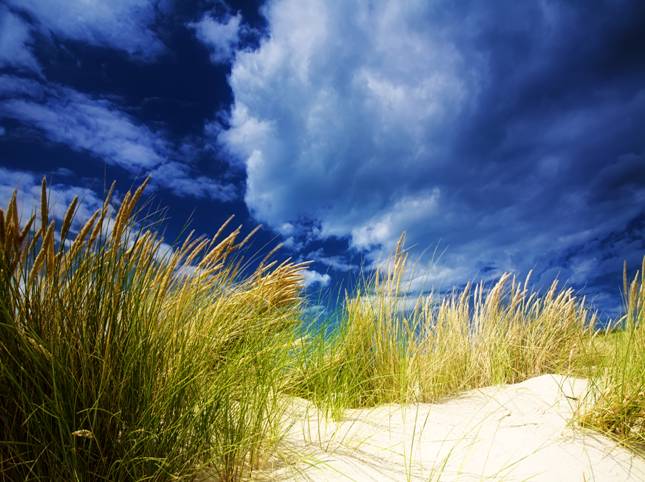


lt’s the Weekend!
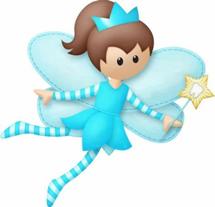
HOW TO MAKE A FAlRY VlLLAGE
Emily is always looking in the garden for fairies. She looks for them up in the woods too. Who knows one day, she may find one.
But in the meantime her mum had an idea of how Emily could make a fairy village for the fairies to come and live in.
For now, Emily’s small dolls can live there.
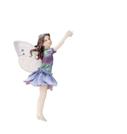
So Emily collected some empty toilet rolls and kitchen rolls and drew doors and windows up the side of them.
She cut the kitchen roll tubes in two which meant she could have houses of different heights.

For really pretty roofs she used some cake papers put on top of the tubs upside-down. lt was really easy for her to make a whole village by herself without any help.
lt was really easy for her to make a whole village by herself without any help.

Please note that the material on this blog is for personal use and for use in classrooms only.
It is a copyright infringement and, therefore, illegal under international law to sell items made with these patterns.
Use of the toys and projects is at your own risk.
©Christina Sinclair Designs 2015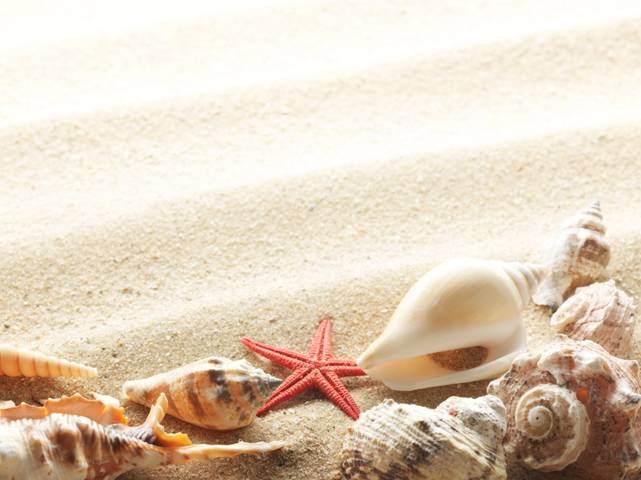


Quick Quiz Answers
- blue – berry bottle flag
- day – care time lily
- back – story bone alley
- base – line ball camp
- oil – can change slick
- honey – comb pot bee
- vegetable – patch plot soup
- rose – petal arch bed
- team – game meeting sport
- warning – flag sign light

